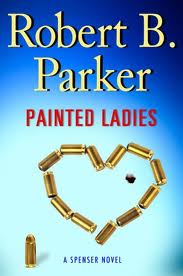 I had a certain sadness reading this book, the first Spenser novel published after Robert B. Parker’s death. The copyright notice even attributes the copyright to the Estate of Robert B. Parker. Even though I’ve been a bit rough on him in book reports for the better part of a decade now, his early works still meant a lot to me.
I had a certain sadness reading this book, the first Spenser novel published after Robert B. Parker’s death. The copyright notice even attributes the copyright to the Estate of Robert B. Parker. Even though I’ve been a bit rough on him in book reports for the better part of a decade now, his early works still meant a lot to me.
An art expert and college professor engages Spenser to guard him while he conducts a ransom-for-old-painting swap. A precise bomb kills the art expert after the swap, while Spenser is still on the job, so Spenser tries to track down the art thieves. In the course of events, he finds himself as the target while investigating an elite ring of mercenaries and art thieves who might be seeking to right art confiscations from World War II.
This book eschews some of the pitfalls of the later books. When he’s the target, Spenser has the chance to summon the rainbow posse of multicultural tough guys from around the country, but he does not. The book mixes in a large number of allusions to classical literature, but it still hits the regular Spenser catch phrases (“Tough, but oh so gentle” and “Pretty to think so” and whatnot). Additionally, the plot is a little forced, particularly the resolution, which takes a ring of the aforementioned international mercenaries out for Spenser and turns in a resolution based on a bad mommy and daddy domestic situation. A couple of the plot elements and set pieces within the book might also have been lifted pretty much wholely from the early works.
So it’s not too bad, but not without its flaws. Knowing that Parker won’t pen any more of them, good or bad, still saddens me, and I’m not sure how I feel about the series continuing without him.



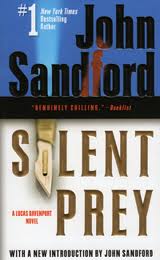 It’s strange; I’ve borrowed a number of the later parts to this series from the library, and this is an ex-library volume that I own, so I kinda felt like I had to be extra careful with it when I read it. Even though, as an ex-library copy, it’s obvious that other people have not been as scrupulous as I. I passed this book a number of times on my shelves, each time a little surprised that I owned one of Sandford’s books that I had yet to read. Finally, the time was right, and I happened to spot it sometime other than I was 300 pages into a 600 page science fiction or high fantasy epic.
It’s strange; I’ve borrowed a number of the later parts to this series from the library, and this is an ex-library volume that I own, so I kinda felt like I had to be extra careful with it when I read it. Even though, as an ex-library copy, it’s obvious that other people have not been as scrupulous as I. I passed this book a number of times on my shelves, each time a little surprised that I owned one of Sandford’s books that I had yet to read. Finally, the time was right, and I happened to spot it sometime other than I was 300 pages into a 600 page science fiction or high fantasy epic.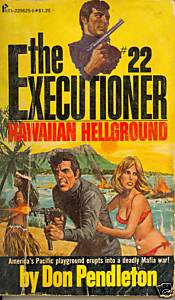 I missed a book in the series, as the last Executioner book I read was #20,
I missed a book in the series, as the last Executioner book I read was #20,  Given that the local school district has removed this book from its school library and curriculum and seeing as I’ve defended the school board’s right to do so and have taken issue with use of the word “ban” to describe the school board’s actions (see
Given that the local school district has removed this book from its school library and curriculum and seeing as I’ve defended the school board’s right to do so and have taken issue with use of the word “ban” to describe the school board’s actions (see 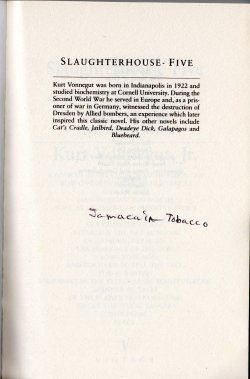
 I got this book relatively recently and dived into it as I thought it would be a quick, episodic read. Well, it was quicker than I thought; of the book’s 190 page heft, only 165 of it are the book itself; the rest are footnotes, index, and whatnot.
I got this book relatively recently and dived into it as I thought it would be a quick, episodic read. Well, it was quicker than I thought; of the book’s 190 page heft, only 165 of it are the book itself; the rest are footnotes, index, and whatnot.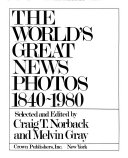 This book collects a number of news photographs from the century and a half in question. Some were Pulitzer Prize winners, but there are quite a few that I don’t recognize, and more importantly, there are quite a few that I would recognize that are not included herein. So maybe it’s really the best news photos of the period to which the producers of a coffeetable book could get cheap reproduction rights.
This book collects a number of news photographs from the century and a half in question. Some were Pulitzer Prize winners, but there are quite a few that I don’t recognize, and more importantly, there are quite a few that I would recognize that are not included herein. So maybe it’s really the best news photos of the period to which the producers of a coffeetable book could get cheap reproduction rights.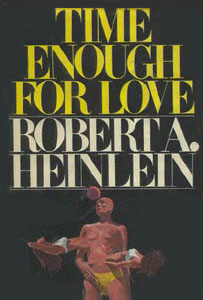 Given that the Heinlein quotes are making their ways around the Internet courtesy Instapundit (see
Given that the Heinlein quotes are making their ways around the Internet courtesy Instapundit (see  I said I was going to start reading comic books to make my quota this year. Almost. This is a book of maps and is a just a couple crayons short of being a coloring book.
I said I was going to start reading comic books to make my quota this year. Almost. This is a book of maps and is a just a couple crayons short of being a coloring book. Last spring, I lost a part from my rototiller, so I went down to the sporting goods store and bought a metal detector to find it. And since I live on the edge of the Old Wire Road / Trail of Tears, I thought I might become a relic hunter–that’s what the people who use metal detectors call themselves. Or treasure hunters if they look for pure metal. So I ordered this book to get an idea of how to use my metal detector.
Last spring, I lost a part from my rototiller, so I went down to the sporting goods store and bought a metal detector to find it. And since I live on the edge of the Old Wire Road / Trail of Tears, I thought I might become a relic hunter–that’s what the people who use metal detectors call themselves. Or treasure hunters if they look for pure metal. So I ordered this book to get an idea of how to use my metal detector. This book is a short collection of tales from Ozarks lore, broken into categories such as “Tales of the Supernatural”, “Indian Tales”, “Treasure Tales”, “Outlaw Stories”, and so on. None of them are well-researched or well-documented, but they do give one interesting stories to tell the children and ideas for little essays and historical bits if one wants to put in the time to conduct real research.
This book is a short collection of tales from Ozarks lore, broken into categories such as “Tales of the Supernatural”, “Indian Tales”, “Treasure Tales”, “Outlaw Stories”, and so on. None of them are well-researched or well-documented, but they do give one interesting stories to tell the children and ideas for little essays and historical bits if one wants to put in the time to conduct real research.
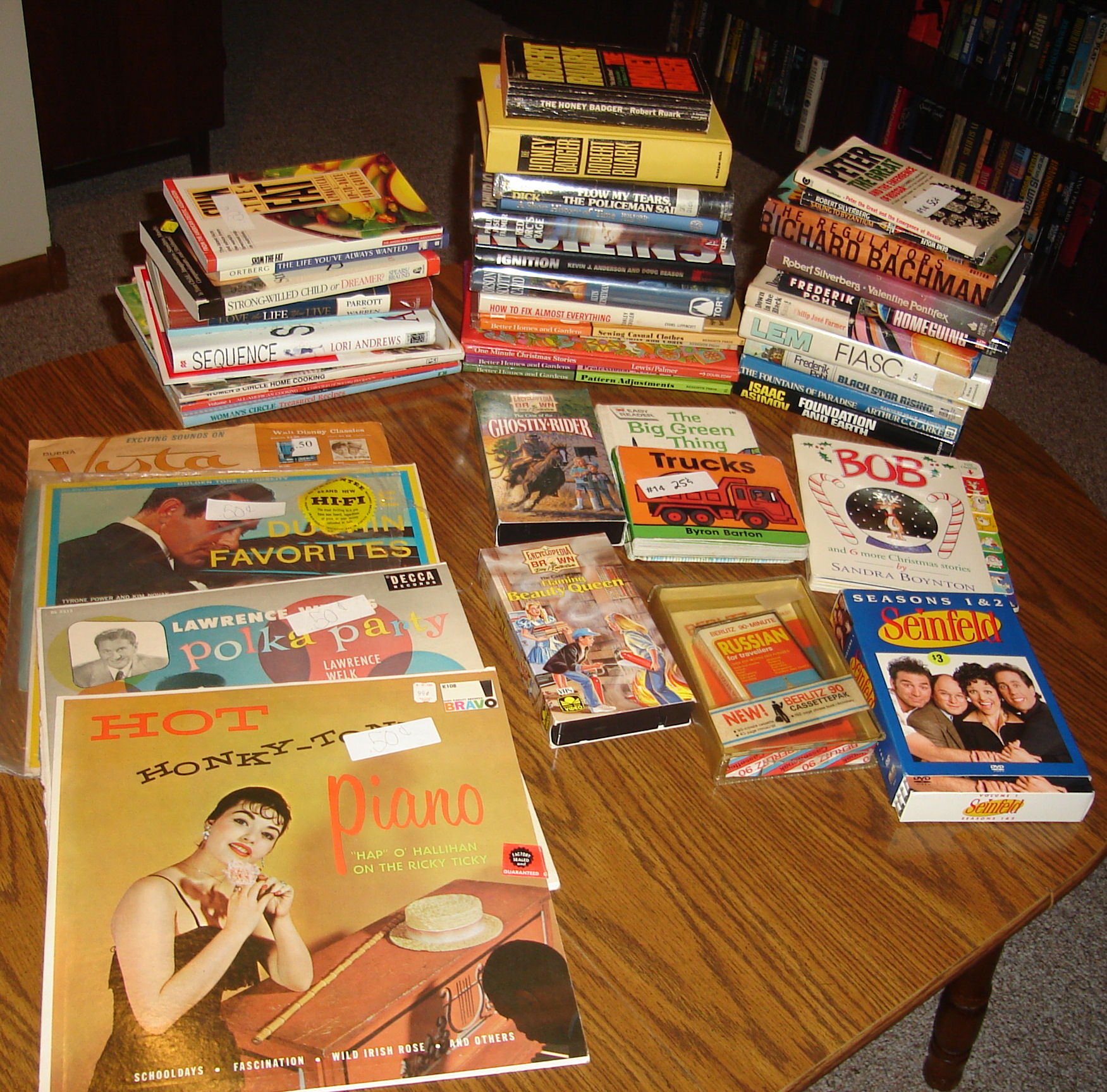
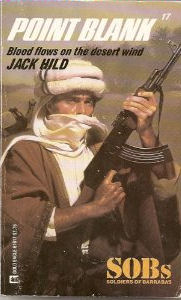 This is the next book after
This is the next book after  This is not the first Foxworthy book I’ve read; I read
This is not the first Foxworthy book I’ve read; I read 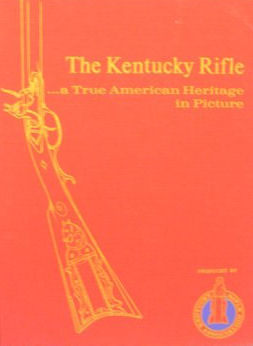 I inherited this book from my wife’s uncle, who was something of an expert on period firearms. This book collects images of the
I inherited this book from my wife’s uncle, who was something of an expert on period firearms. This book collects images of the  I borrowed this book at the library this weekend because I was running short of things to read around here. Actually, no, I have this tendency to stop by the local history section at the Republic Branch of the Springfield-Greene County library and check something out in spite of having enough to read. This particular volume is a collection of photographs taken as part of an Ozarks studies class at Lebanon High School from the 1970s to the early part of the 21st century.
I borrowed this book at the library this weekend because I was running short of things to read around here. Actually, no, I have this tendency to stop by the local history section at the Republic Branch of the Springfield-Greene County library and check something out in spite of having enough to read. This particular volume is a collection of photographs taken as part of an Ozarks studies class at Lebanon High School from the 1970s to the early part of the 21st century. This book is the 16th in the series; I read the 5th of the series,
This book is the 16th in the series; I read the 5th of the series,